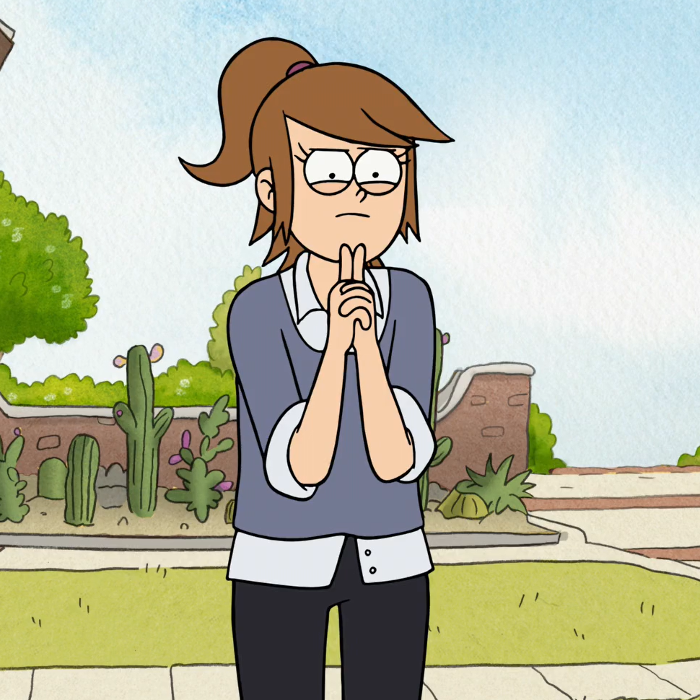- cross-posted to:
- history@hexbear.net
- cross-posted to:
- history@hexbear.net
On April 24, 1915, the way of life and the very existence of extended family units ended when an extermination process was formally put into place with the directed assassinations of all of the influential and intellectual Armenians in Constantinople, including journalists, educators, priests, and businessmen. The purposes of this action were twofold; to kill those who were perceived as a threat to the political structure but also to commence the destabilization of the Armenian population as a whole. Some were tortured and killed while in custody, while others were openly executed in public areas.
This incident set into motion further calculated events that included the disarming of Armenian men serving in the Turkish army, who were then placed into forced labor. In villages and urban areas, men were taken from their homes and once outside they were summarily executed; the balance of women, children, and older individuals were forcefully deported in what is often referred to as death marches or transported in cramped rail wagons. Meanwhile, their properties were looted, seized, or burnt, with the vast majority of individuals being expelled into the desert areas of northern Syria, Iraq, and beyond (Weitz 2003; Fisk 2006; Toynbee 1915; BBC 2003; Dadrian 1986; Slide 1997).
[…]
Although witnesses reported seeing bodies in various states of decomposition during the time that the events were actually taking place, and more recent generations of visiting Armenians reported the presence of skeletal remains (Fisk 2006; Weitz 2003), it is believed that this was the first intervention in which victims of the Armenian genocide have been exhumed and properly documented using a forensic archaeological and anthropological approach.
When the forensic work commenced in the field, the area had suffered severe alteration due to many factors taking place over several decades, these being mainly the effects of agricultural and human intervention (Figure 3), causing the human remains present to become commingled, incomplete, and in some cases fragmented.
Additionally, the effects of weathering caused variation in bone preservation, but the great majority of remains were in good enough condition to handle and analyze. The majority, 84%, were found in clusters; that is, bodies found in groups ranging in number from two individuals to seven. There was no continuum as expected for a mass grave; this was believed to have been a partial consequence of the area being utilized by the local population for many years, with many of the remains being lost, made incomplete or damaged in the process.
[…]
In September 2007, the remains exhumed at Tell Fakhriya were taken to the local Armenian Church for a proper funerary ceremony (Figure 6). Here, for reasons already stated, there was no individual identification of the bodies; therefore it might not be considered as a rite of separation (Huntington and Metcalf 1979), as no close kin was possible. Yet, the Syrian-Armenian community expressed appreciation for the work conducted, and also a deep feeling of relief on behalf of the victims as they were finally receiving a proper ceremony and place of rest.
Quoting Adam T. Smith’s Unseeing the Past: Archaeology and the Legacy of the Armenian Genocide:
In the recording of this story, shared with me in 2020, the narrator’s voice grows hushed and ominous as he describes the mark that clearly identified the skeletal remains as victims of the Armenian genocide: “a tiny hole in the back of the head.”
Following the massacre of the villagers, their property had been appropriated by the family who now hosted a team of archaeologists who were charged with documenting the site’s material remains. The narrator appears to fully understand the appalling irony of a genocide survivor visiting the site to pay respects to slaughtered ancestors even as their remains—and the evidence of their murder—were being “chucked” by archaeologists.
And the narrator also seems to understand how those actions made archaeology an accessory to the crime: not just a witness to “Turkish history” but a collaborator in the Turkish government’s continuing erasure of the material remains of Armenian communities and its steadfast denial of the genocide. The narrator’s admonition to never talk or write about the episode served to cover up both the evidence of the massacre of the village’s Armenians during the early twentieth century and the spoliation of evidence by archaeologists several decades later as they threw the bones into the Euphrates.
To my knowledge, no one has spoken out about the incident, despite the clear emotional impact of witnessing an archaeological research project engaged in the destruction of evidence of genocide. The murders committed at the site have simply been unseen by the very scholars who were trained to illuminate the human past. This study seeks to document and intervene in archaeology’s practices of unseeing.
See also: An Armenian Genocide Survivor’s Story | Lucine Z. Kinoian
Bone memory: the necrogeography of the Armenian Genocide in Dayr al-Zur, Syria
